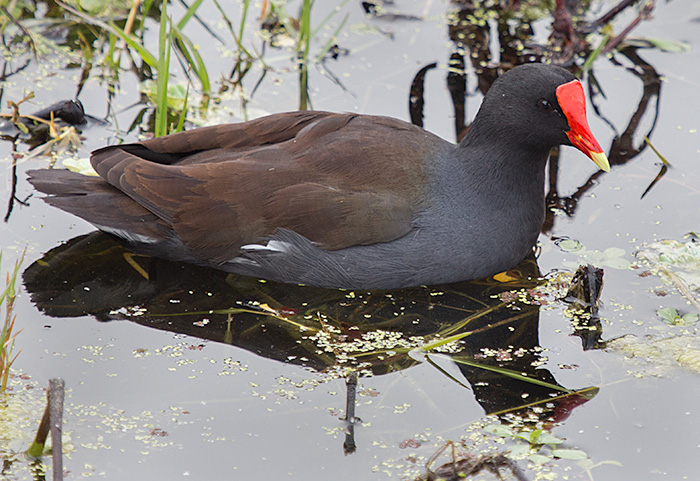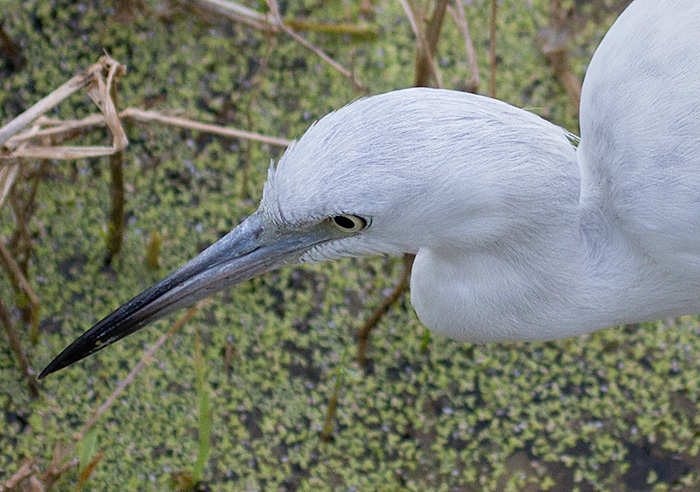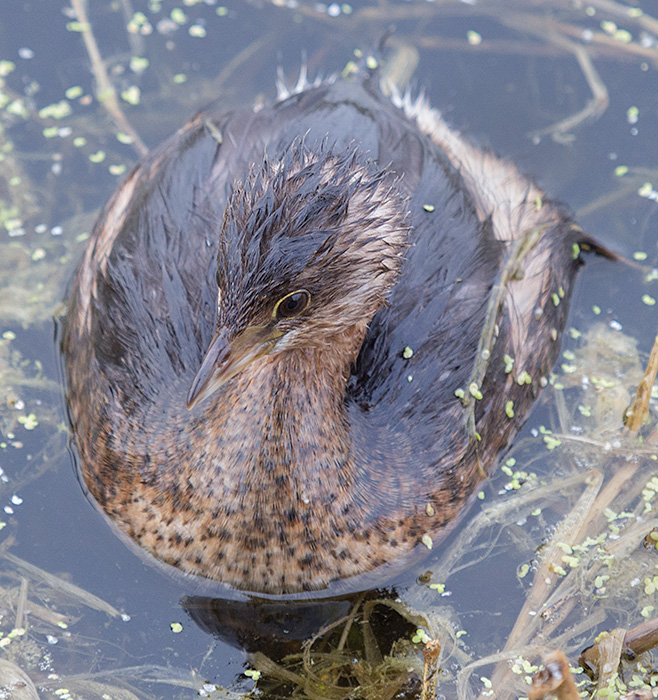Tuesday, May 14th, 2013
After visiting Manatee Park, we went to a second park, Caloosahatchee Regional Park.
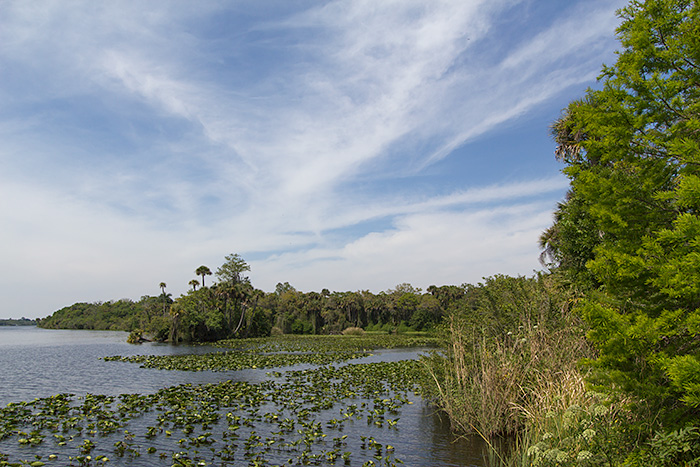
We found an unconcerned raccoon walking along part of the trail near the river. Nearby there was a collection of shells, perhaps left over from a raccoon meal.
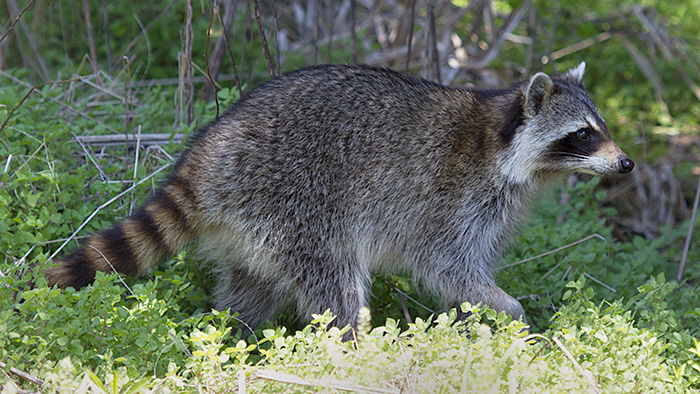
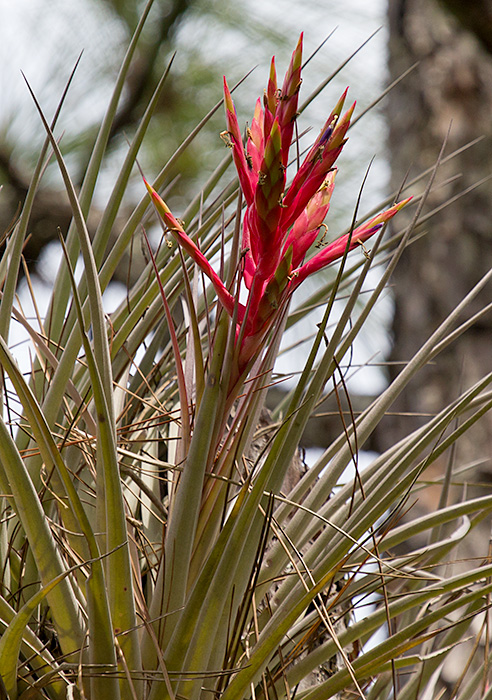
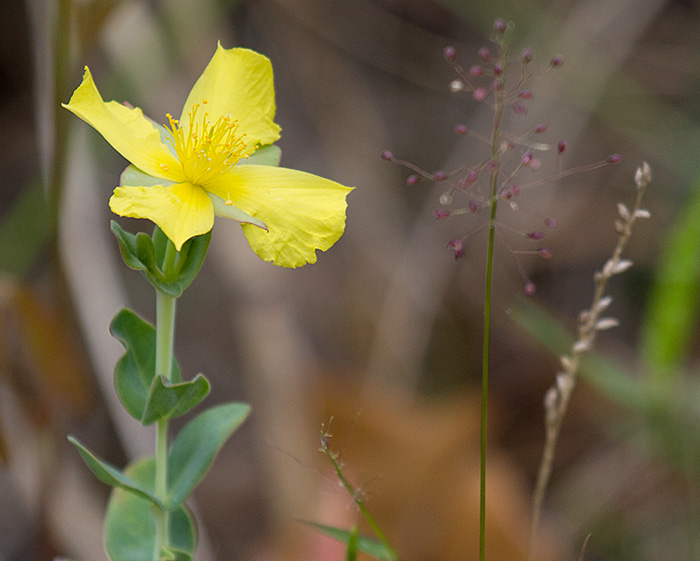
I’ve been calling these pincushions, but the book calls them pipewort. I have no authority on the name, but I also happen to disagree on the size they list for the flowers. The book claims 3/4″, but I think they are nearer to 1/4-3/8″ diameter. The beetle then, is quite small. This and the rest of the pictures are Mike’s, and he did the photo processing.
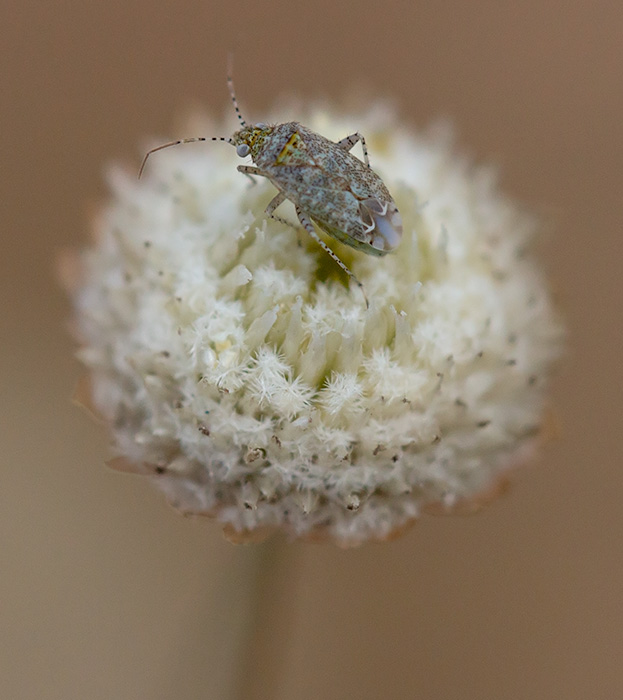
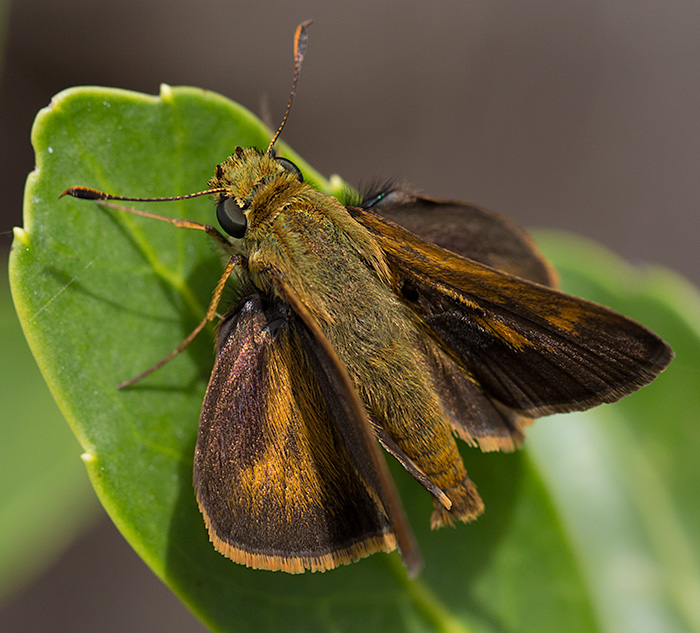
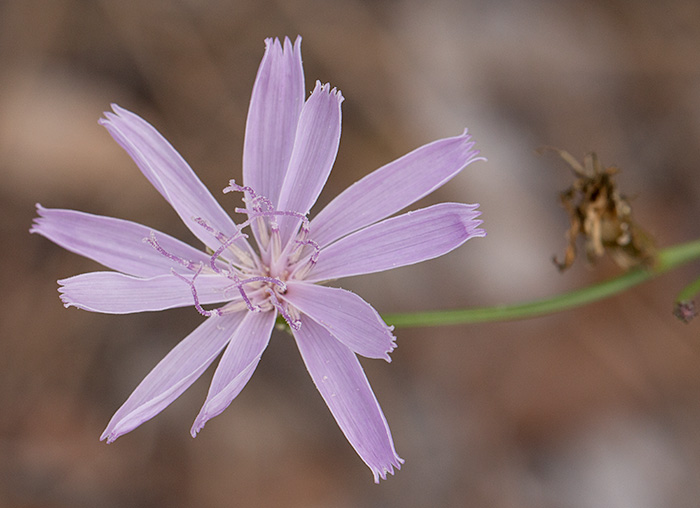
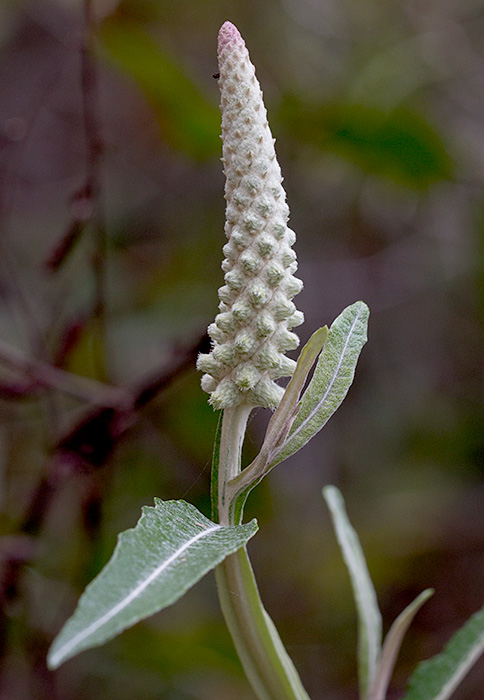
Baby lubber grasshopper. “The lubber’s only natural predator is the loggerhead shrike, a cool little bird that decapitates them and then impales their carcasses on thorns or barbed-wire fences so the sun can bake out the toxins before mealtime.” (Tampa Bay Times)
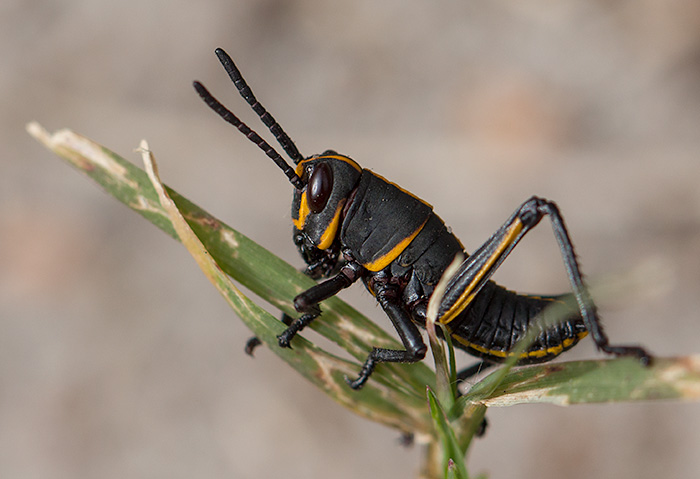
Tuesday, May 14th, 2013
Blue Spring is a beautiful place, with clear blue water and oaks dripping over the spring run. The manatees we saw there were keeping as far as possible from the throng of humans crowding along the viewing platforms. I could tell that they weren’t submerged logs, but that was about it. Lee County’s Manatee Park, on the other hand, is an industrial canal filled by the warm exhaust water from the nearby power plant. The park’s website said there were 20-30 there the day in early March when we visited. The fenced trail along the canal lets humans be fairly close to the manatees. Although the dark water kept the manatees hidden until they came close to the surface, there were many of them and they were close enough to see their cute snouts and see the scars on some of their backs.
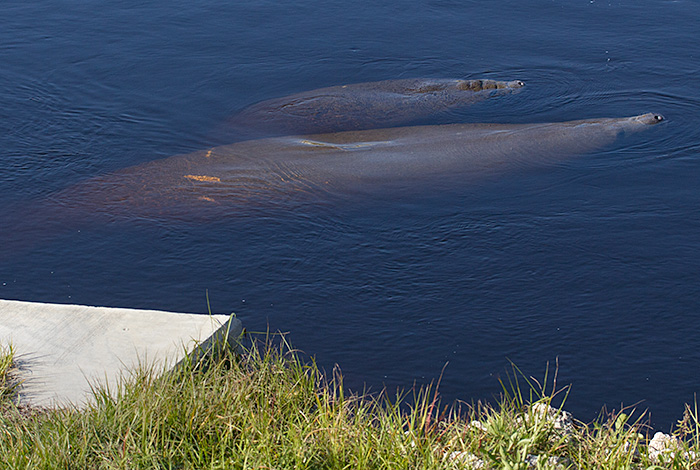
The rest are Mike’s pictures, and he did the processing.

Visitors aren’t allowed in or on the canal, but there are several plaques presenting information about manatees and a speaker that plays sounds picked up by an underwater microphone for when the manatees are vocalizing. There was a possible rescue going on for a manatee that seemed to be having trouble surfacing while we were there.
Though only 17 acres, Manatee Park also has several mini habitats and lots of different kinds of birds. There were volunteers clearing away weeds in the butterfly garden while we were there.
We were thrilled to see a painted bunting on the bank of the canal.

Gray catbird, related to mockingbirds and they are the similarly aware of people.
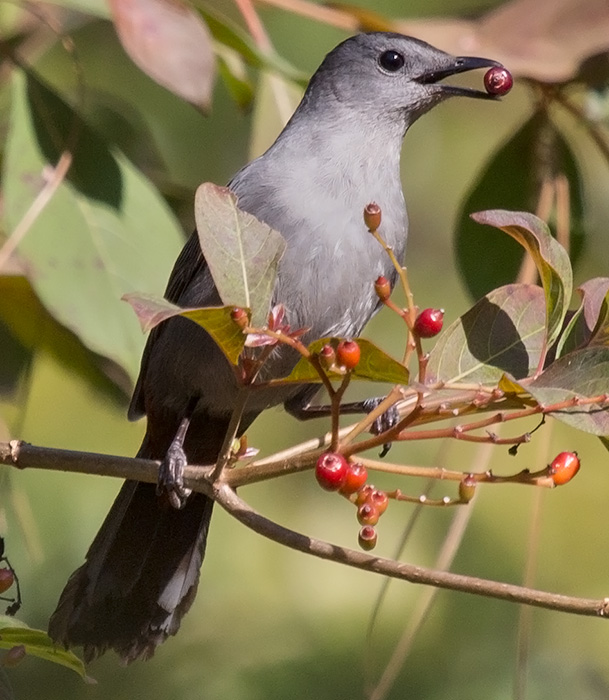
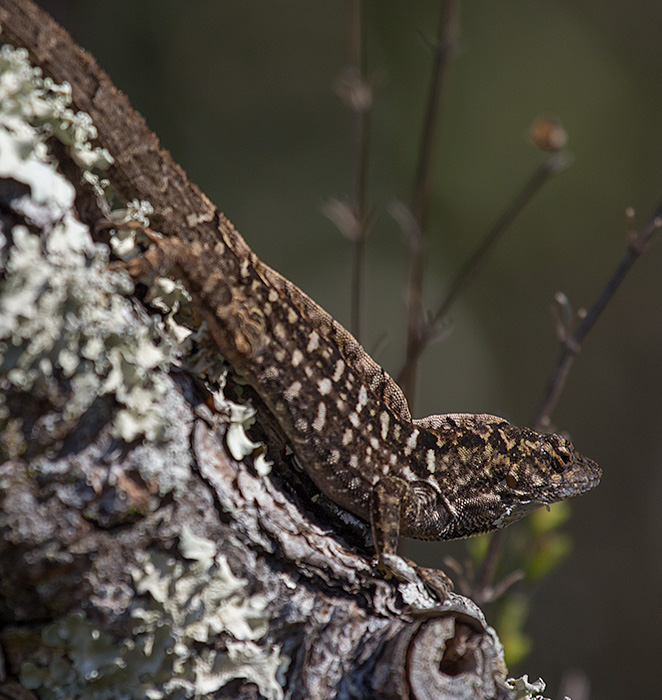
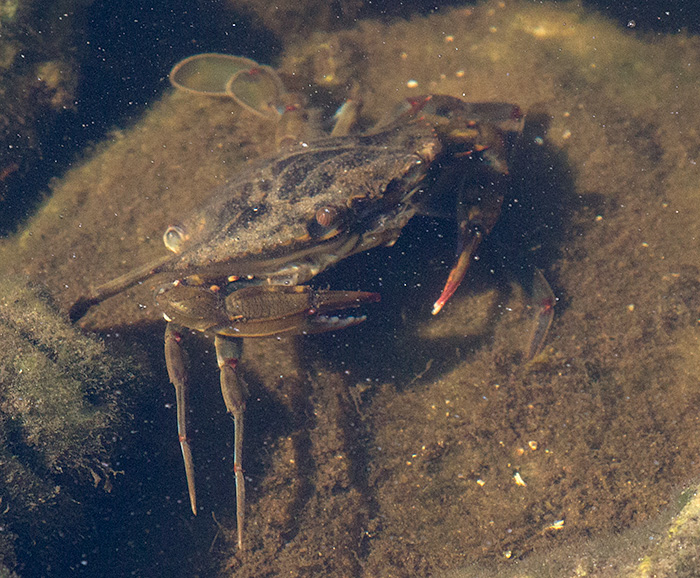

Sunday, May 5th, 2013
The night before we visited Little Manatee River State Park in mid February we had a rare light frost. As we were walking through the park, it smelled like fall when the leaves start decomposing.
Some birds were hopping around the inner parking area. This is probably a thrush of some kind. Mike’s picture (and he processed the photos for this post).
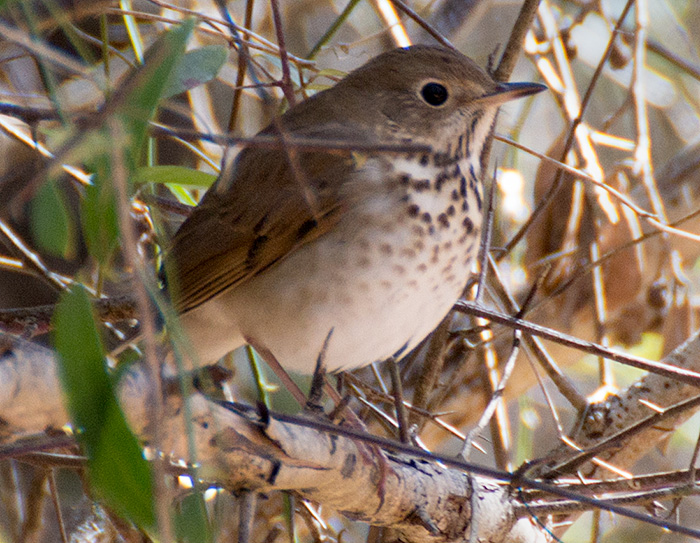
Many plants of course did fine, or were sheltered from the worst of the cold. The trail, maintained by the Florida Trail Association, has boardwalks over the marshier sections.
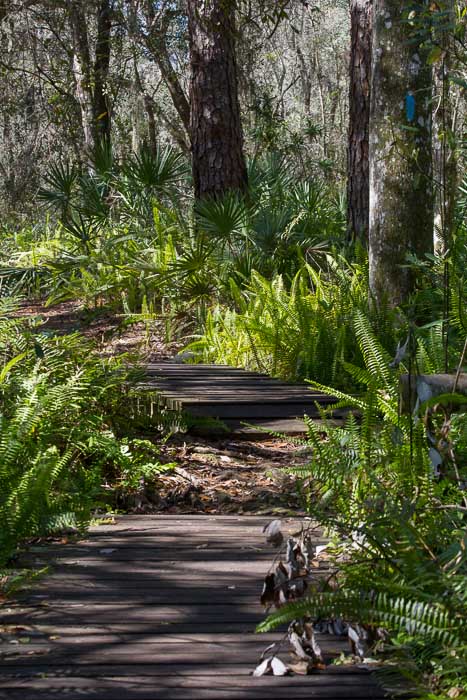
Lots of butterflies made it through fine as well. The next four are Mike’s.
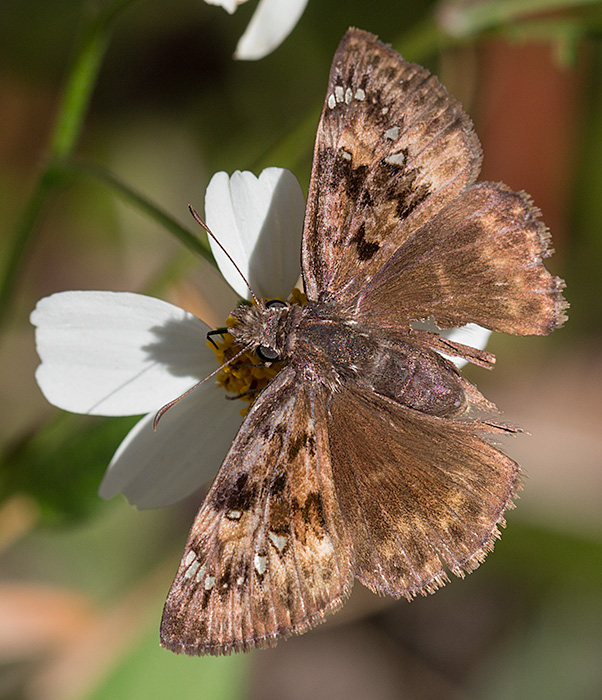
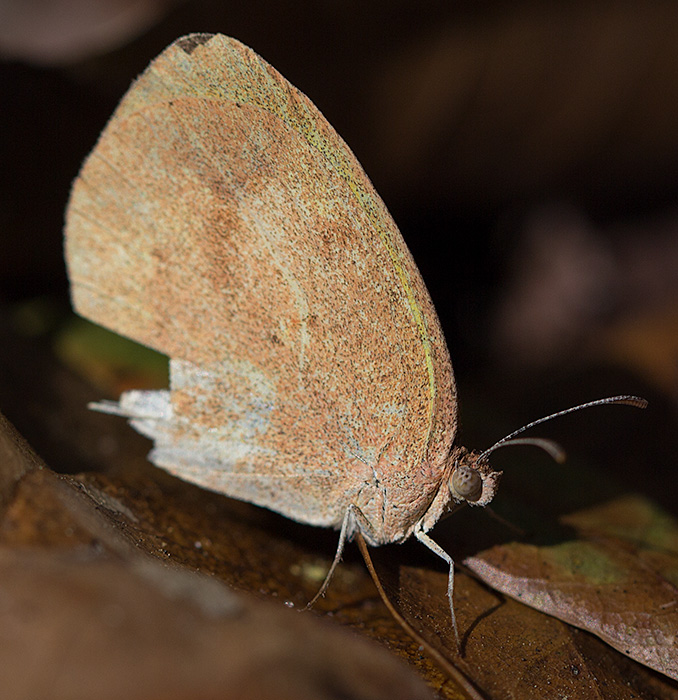

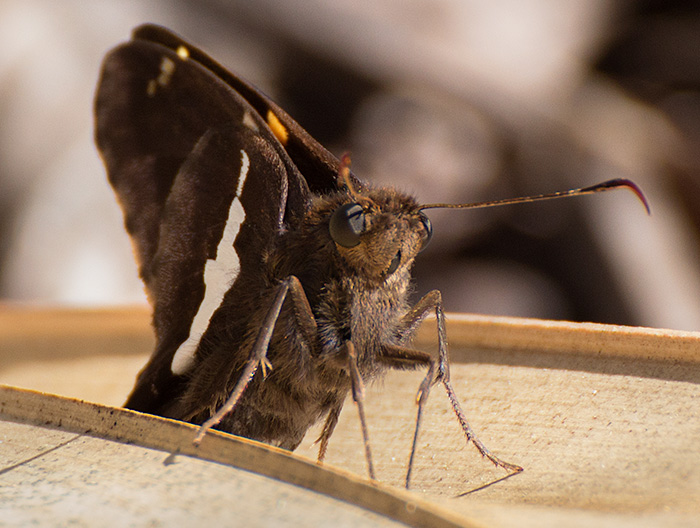
A rare sighting for us, a red-banded hairstreak. It rubs its hind wings together causing the fringe at the end of its wings to spring back and forth, drawing your eye away from the main part of the butterfly’s body.
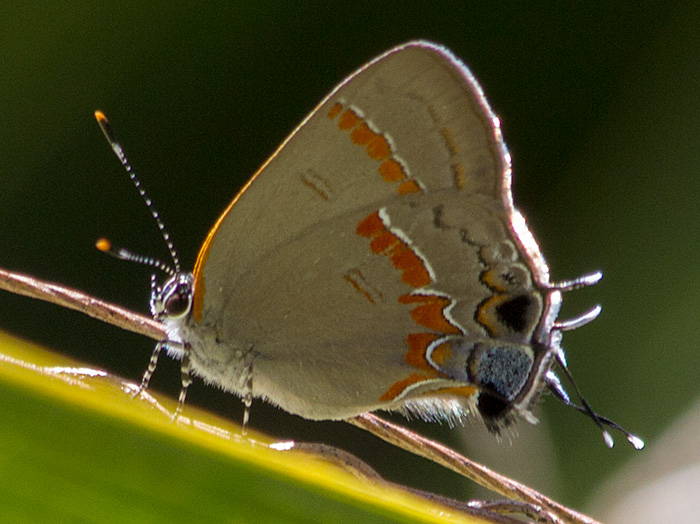
We often see white butterflies along roadsides, but this was one of the first times we’ve gotten a picture of one. There were several along the river. Great Southern White.
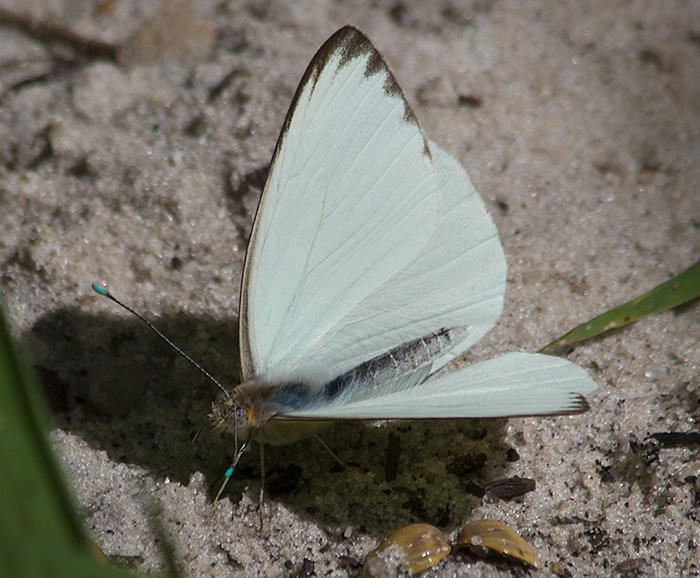
While I was taking pictures of the White, Mike was watching a hairy camouflaged spider blending in with a branch.
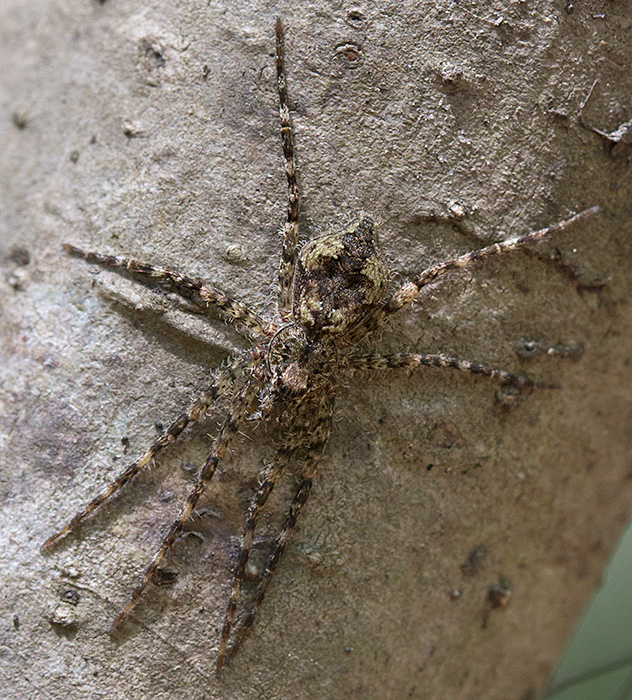
This brilliant colored moth was perched on a flower off a steep bank so we couldn’t get a good perspective. My best guess is that it is a scarlet-bodied wasp moth.
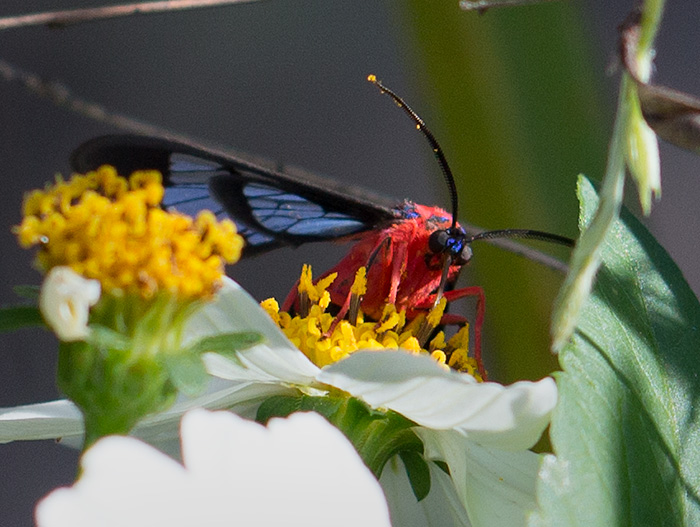
Damselfly and flower by Mike.
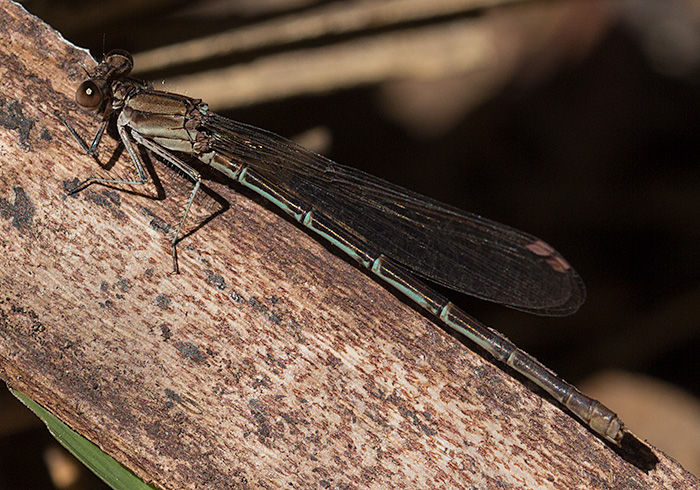
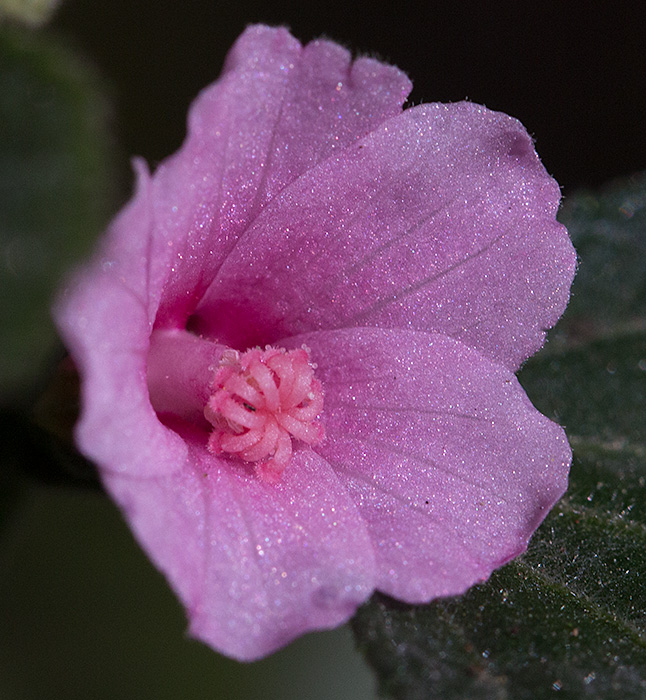
On the north side of the loop, it is much dryer
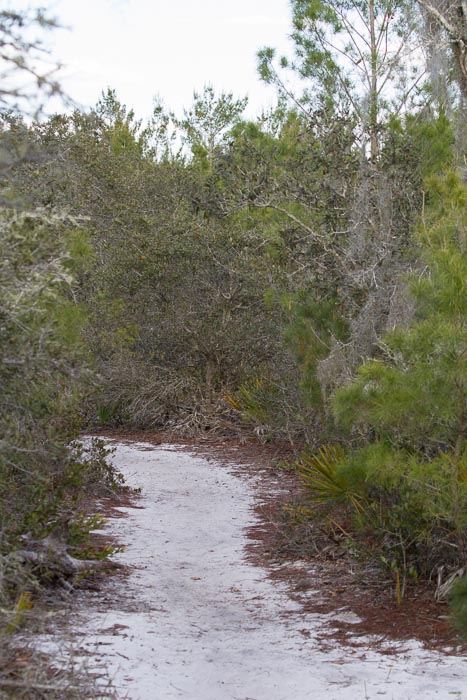
There were still some butterflies on the scrubby flowers. American Lady.
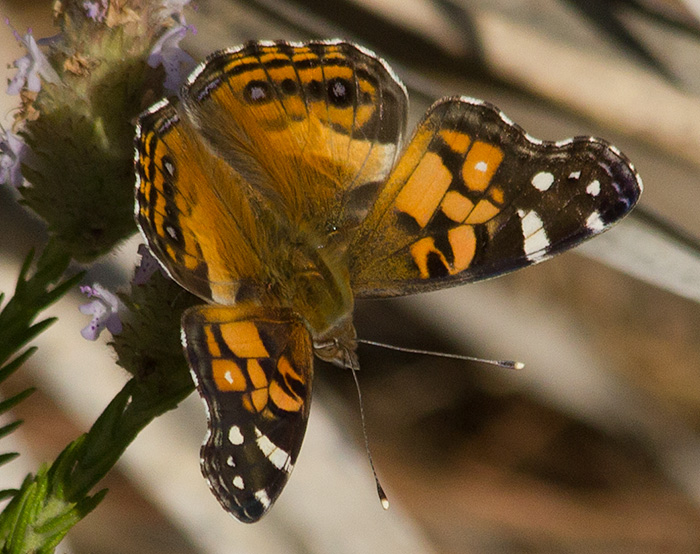
Wednesday, April 24th, 2013
The azaleas were blooming at Sawgrass Lake Park in mid February.
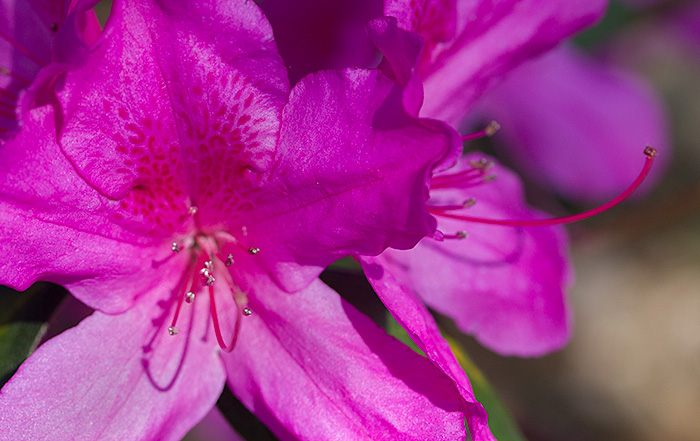
There were several baby alligators of various sizes around a mother
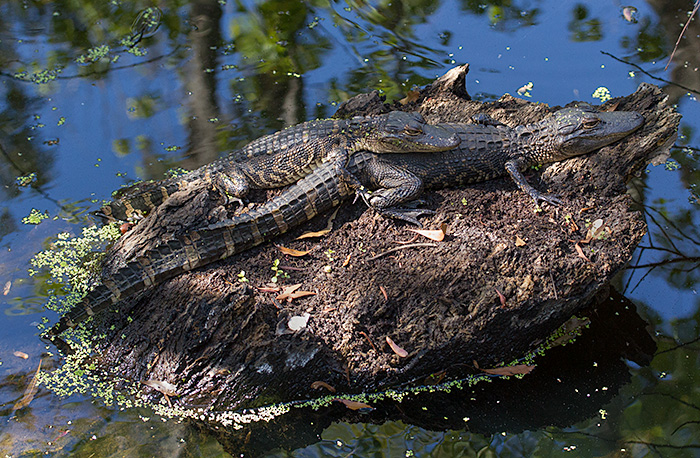
Red-bellied woodpecker by Mike. The rest of the pictures are also his, and he helpfully is still doing the processing.
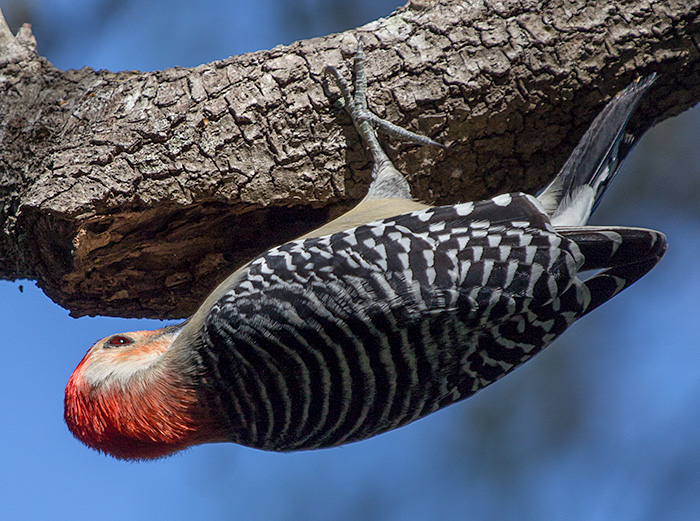
Little blue heron
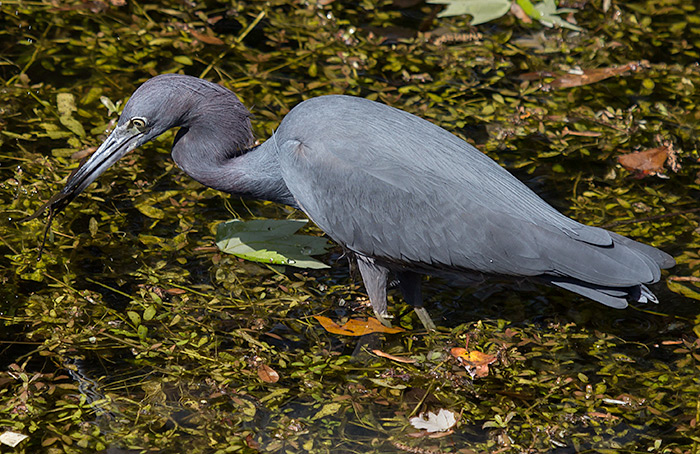
You can see the needle like teeth of this gar

Skink slinking away
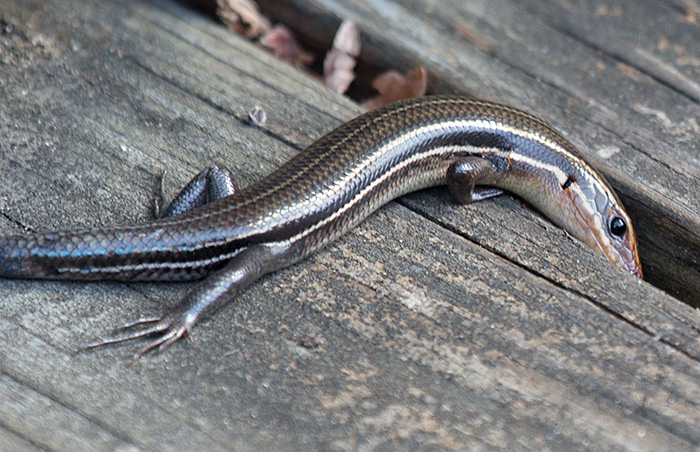
Wednesday, April 17th, 2013
In winter when the sea water cools, manatees swim up rivers to springs that have consistent temperatures. The springs have cooler temperatures than manatees prefer, but generally it’s warm enough to make it through the cold snaps of Florida winters. Blue Spring State Park has a link to a site that posts updates about how many manatees have been spotted recently. A few days after a count in mid January reported of a couple dozen manatees, we visited the park, which is a bit north of Orlando. Mike’s picture:
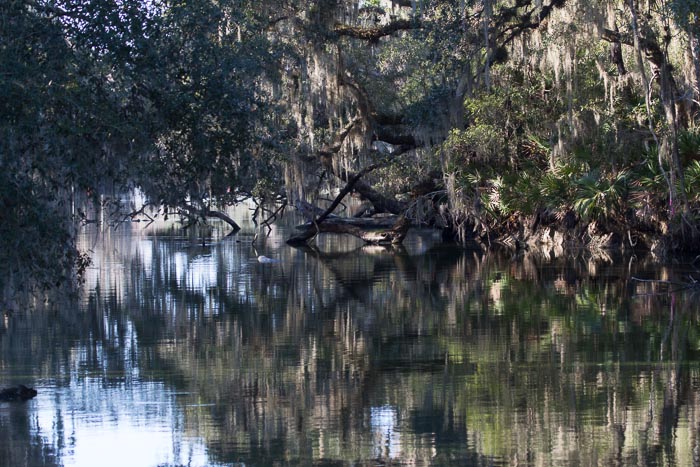
Unlike the Ichetucknee, there is very little vegetation in the spring run, so there is nothing for the manatees to eat. There are viewing platforms periodically along the spring run, but the manatees that we saw seemed to prefer hanging out at the far side, as far away from the people as possible, and at the end of the run near where it empties into the St Johns River. During manatee season, the spring run is off limits to swimming, diving and boating. What were much easier to see were the large and numerous alligator gar.
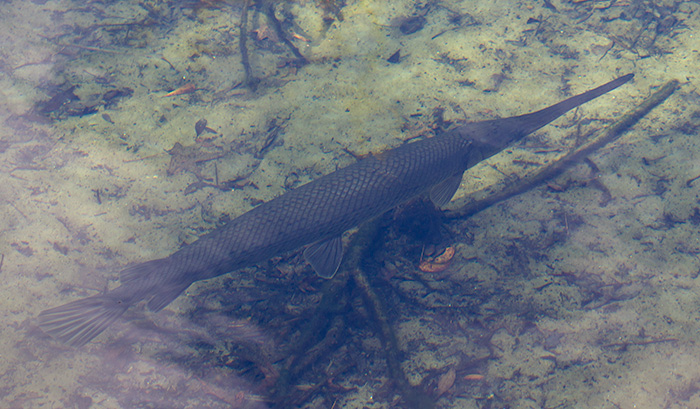
At the head of the springs, “a first magnitude spring that discharges 104 million gallons of water daily” (State Park website), we watched a green anole drink from palmetto fronds. This and the rest are Mike’s pictures, and he did the processing as well.
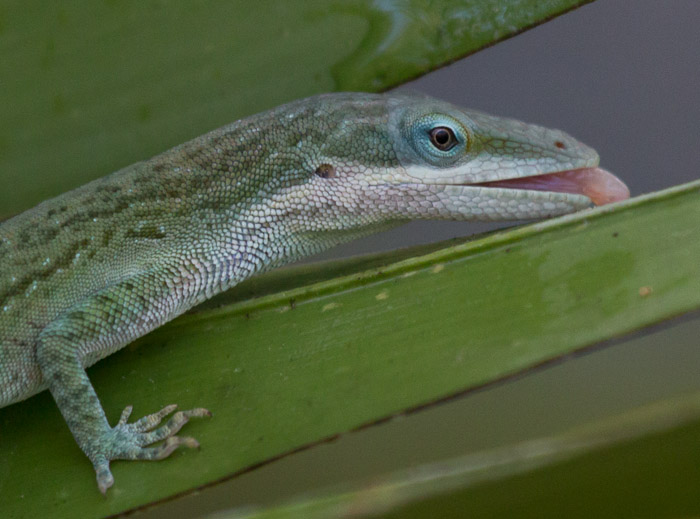
Black Vultures were perched on the far side of the run.
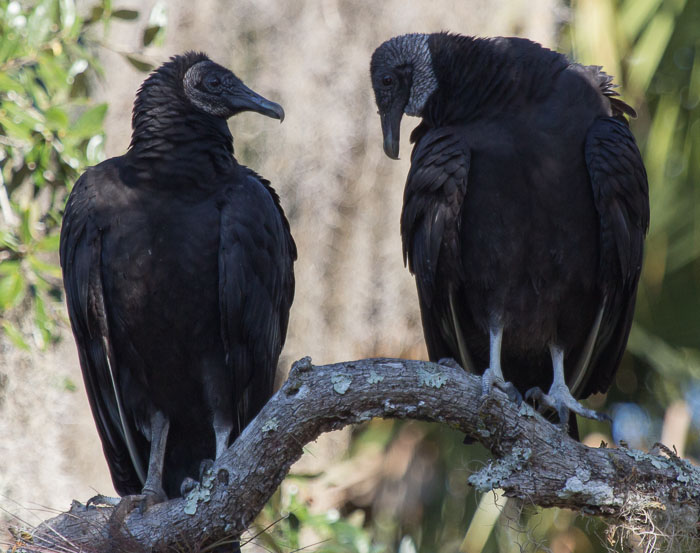

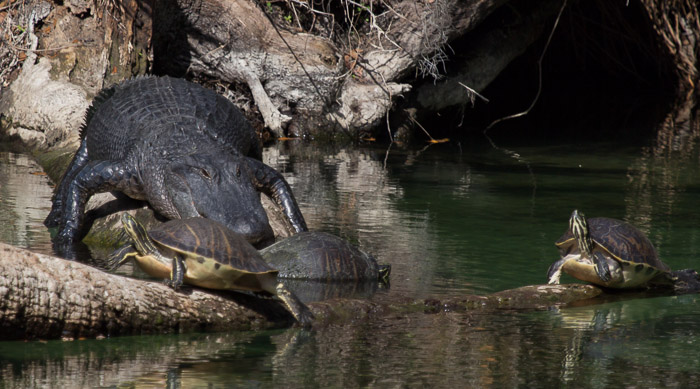
There is a nature trail in the south of the park. It has a long exposed stretch that would be without shade until mid or late afternoon. As we were there late morning, we turned around a bit after the ruins of a small house.
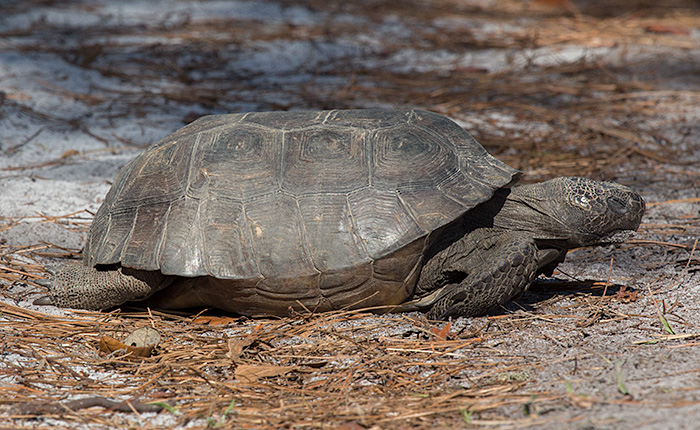
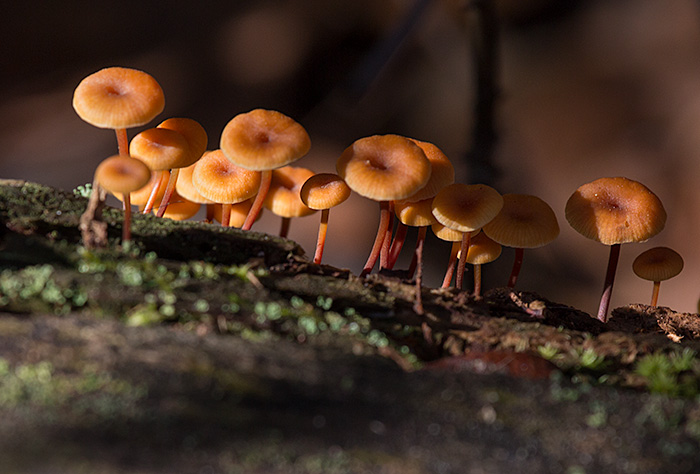
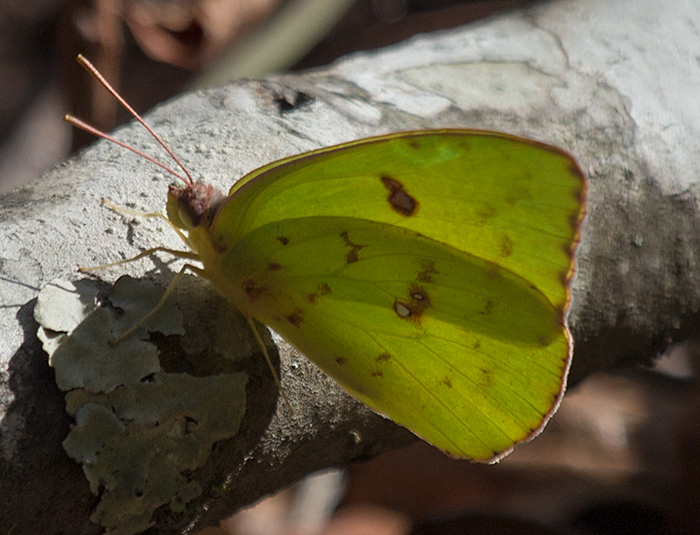
Wednesday, April 17th, 2013
On a foggy morning in early January we went to Sawgrass Lake Park.

There was dew on everything. This and the rest are Mike’s. He also did photo processing.
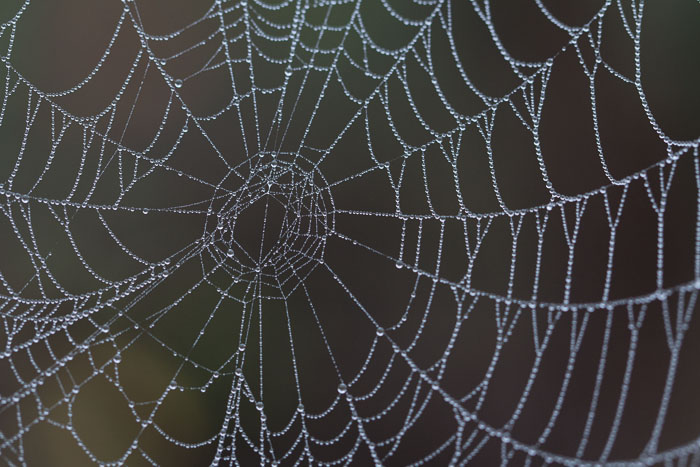
The two story western overlook had several birds nearby.
